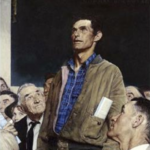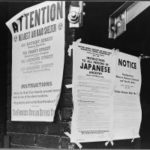Students will inductively discover the First Amendment by reading and analyzing newspapers. They will discuss various circumstances involving the First Amendment, and so understand that in certain instances – libel, publication of national secrets, etc. – there is a limit to the freedoms expressed in the First Amendment.
Women’s Suffrage WebQuest
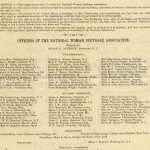
This WebQuest provides structure to a historical investigation of the Women’s Suffrage Movement by using the Historical Society of Pennsylvania’s primary sources. HSP’s online resources allow students and teachers to examine and analyze a variety of different historical documents including historical newspapers, books, pamphlets, manuscripts, photographs, maps, artwork, archived videos and audio records.
Freedom of the Press: New York Times v. United States
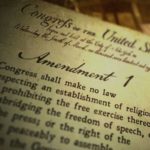
This documentary examines the First Amendment’s protection of a free press as well as the historic origins of this right and the ramifications of the landmark ruling in New York Times v. United States in which the Supreme Court that prior restraint is unconstitutional. The federal government could not prevent newspapers from publishing the Pentagon Papers. A lesson plan, Defenders of Liberty: The People and the Press, accompanies the video.
Norman Rockwell, Freedom of Speech—Know It When You See It
Japanese American Internment Primary Source Set
Making a Change: The First Amendment and the Civil Rights Movement
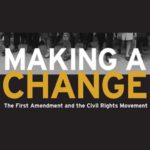
Delve into hundreds of historical newspapers, videos, photographs and more to find out how the five freedoms empowered people fighting for change — and those fighting against it. Topics include: the history of the American civil rights movement, the relationship between the movement and the news media, the evolution and application of First Amendment freedoms, bias in the news, civic engagement and more.
The Printers’ Role in Constitutional Ratification
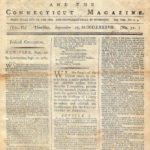
This short video examines the role played by America’s newspaper printers in the ratification debates. Over 80% of all papers supported the new Constitution and played a significant role in supporting the Federalist cause. Professor John Kaminski explains how and why the newspapers helped to drive the ratification debates.
